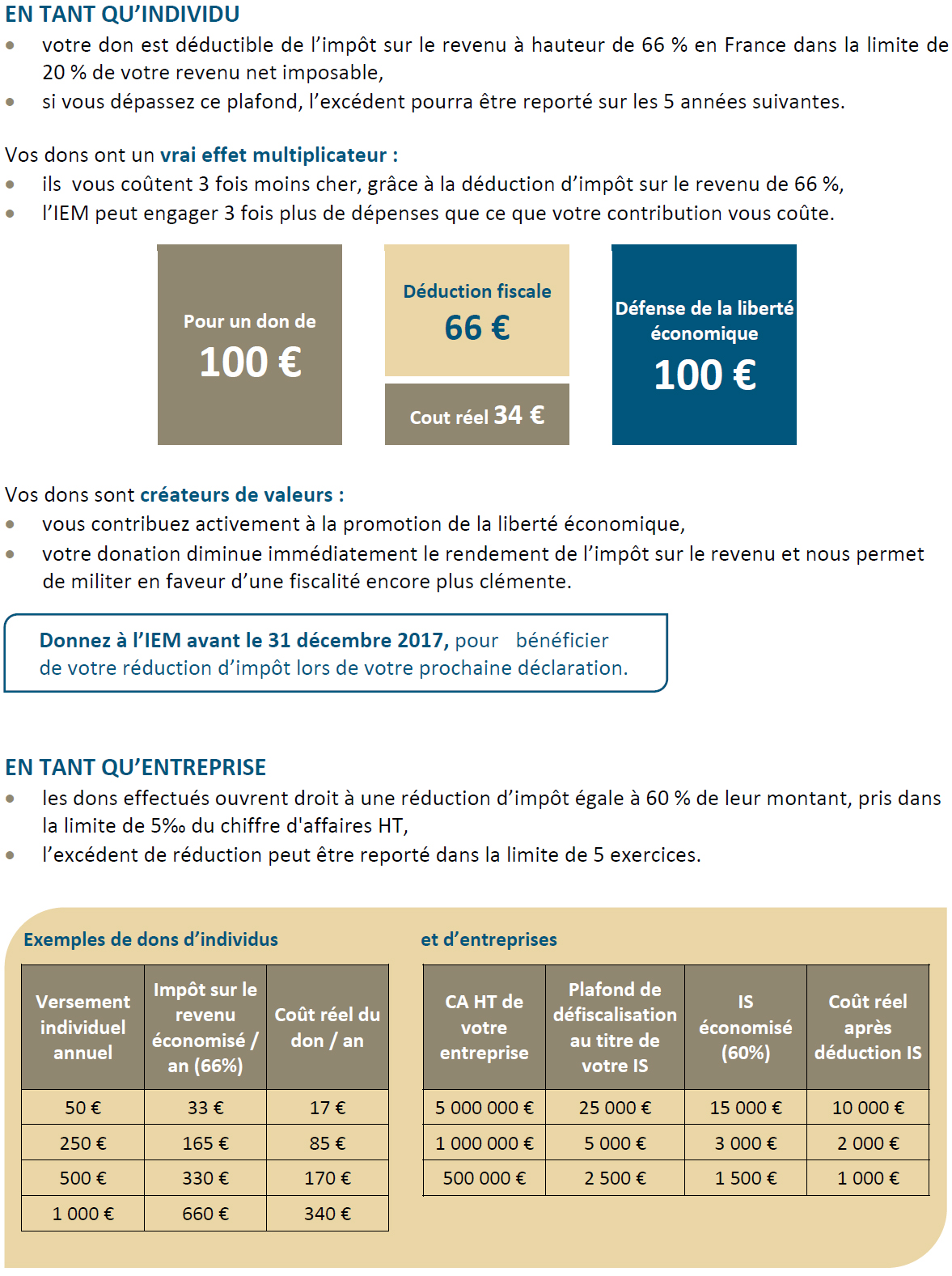Government interventionism in the EU: it’s time to break the vicious circle!
A French version of this article was published on September 29, 2009, by the Swiss newspaper L’Agefi.
Is it really necessary to boost pharmaceutical innovation after having penalised it? This is what’s happening in Europe.
On the one hand there are costly regulations, and on the other hand there are subsidies to alleviate the harmful effects of these regulations. This is the traditional course with many forms of public intervention. It is a vicious circle that must be broken some day! The example of innovative drugs in Europe illustrates this dynamic very clearly.
For years, pharmaceutical innovation has been under constant pressure both from EU authorities and from the governments of member countries.
The 2001 European directive on clinical trials has increased paperwork as well as augmenting the staff needed to handle the complexity of the new administrative procedures and the costs of these trials, which are indispensable in developing new drugs. In some instances, these costs have doubled, as is the case with some clinical trials centres in the United Kingdom.
On the other hand, an array of cost containment policies on health care spending, including drug outlays, lowers revenues and reduces the outlook for profit from pharmaceutical R&D. Not only are drug prices set by national public authorities, but the use of drugs and their prescription by doctors are increasingly regulated across Europe to limit costs to compulsory health insurance plans. Innovative drugs, which are among the most expensive, naturally become special targets in this process, without overall health care costs really being controlled.
Also, specific taxes, or compulsory “discounts,” hit drug firms in the largest European markets, as in France or Germany. This siphoning away of funds deprives drug firms of billions of euros a year, money that could have been devoted to R&D.
This regulatory and tax environment has contributed, unintentionally, to limiting R&D investment by European drug firms and to reducing the number of new molecules, which went from an annual average of 97 molecules between 1988 and 1992 to 48 between 2003 and 2007. It’s no surprise that innovative drugs in Europe need a boost!
The European authorities have decided to do this through subsidies. On 14 September, they provided nearly 77 million euros – in addition to a first round of 110 million euros in 2008 – for a joint project with the industry, the Innovative Medicines Initiative. They agreed to contribute a total of one billion euros between 2008 and 2017, with an additional billion euros coming from the drug firms.
This project is without a doubt politically attractive. It is difficult however to see what impact these subsidies, spread over 10 years, could have on pharmaceutical innovation when the overall cost of bringing a single new drug onto the market is estimated at a billion euros on average. The proposed subsidies are far less than the amount of the taxes and “discounts” alone collected from these same drug firms in a single year!
Before new subsidies are paid, would it not make more sense to get rid of the regulatory and tax obstacles that are harming pharmaceutical innovation? Breaking thus the vicious circle of public intervention could prove to be a much better stimulus in developing innovative drugs.
*Valentin Petkantchin is Director of Research of the Institut économique Molinari.





